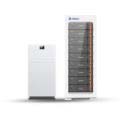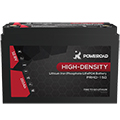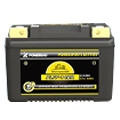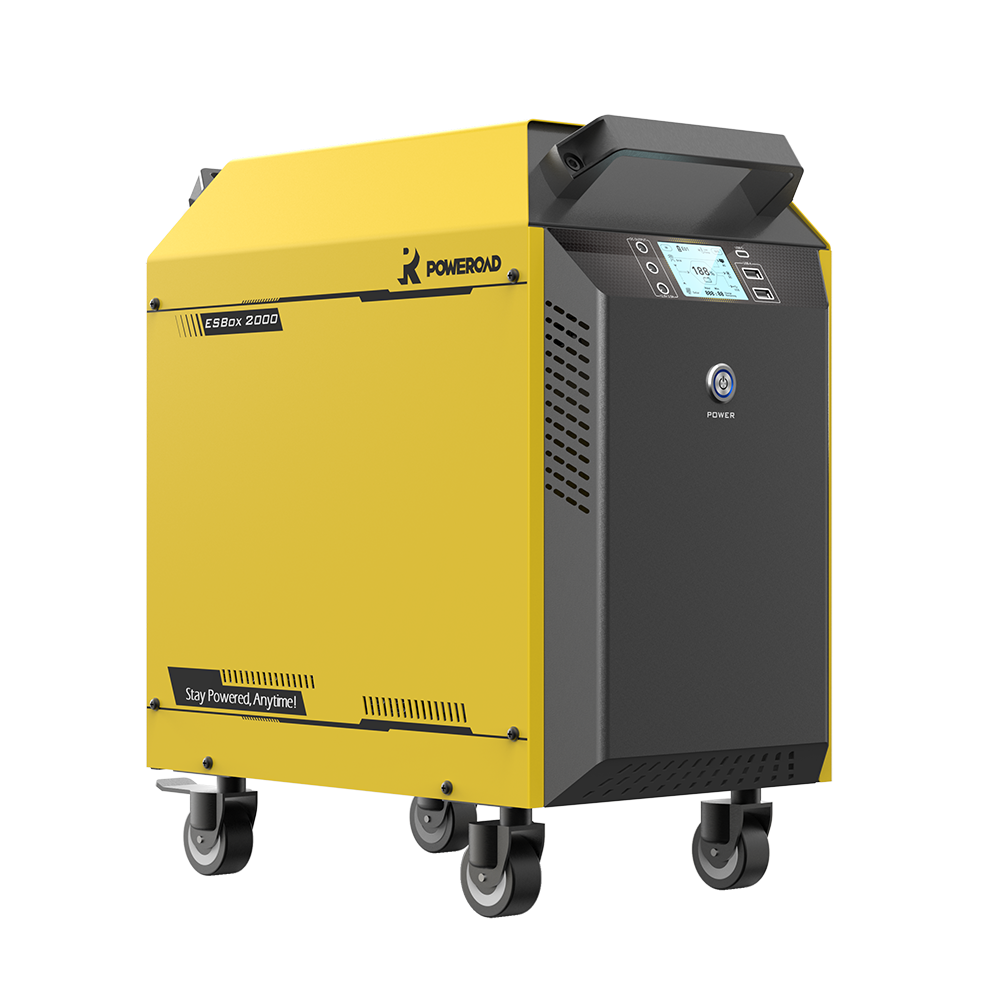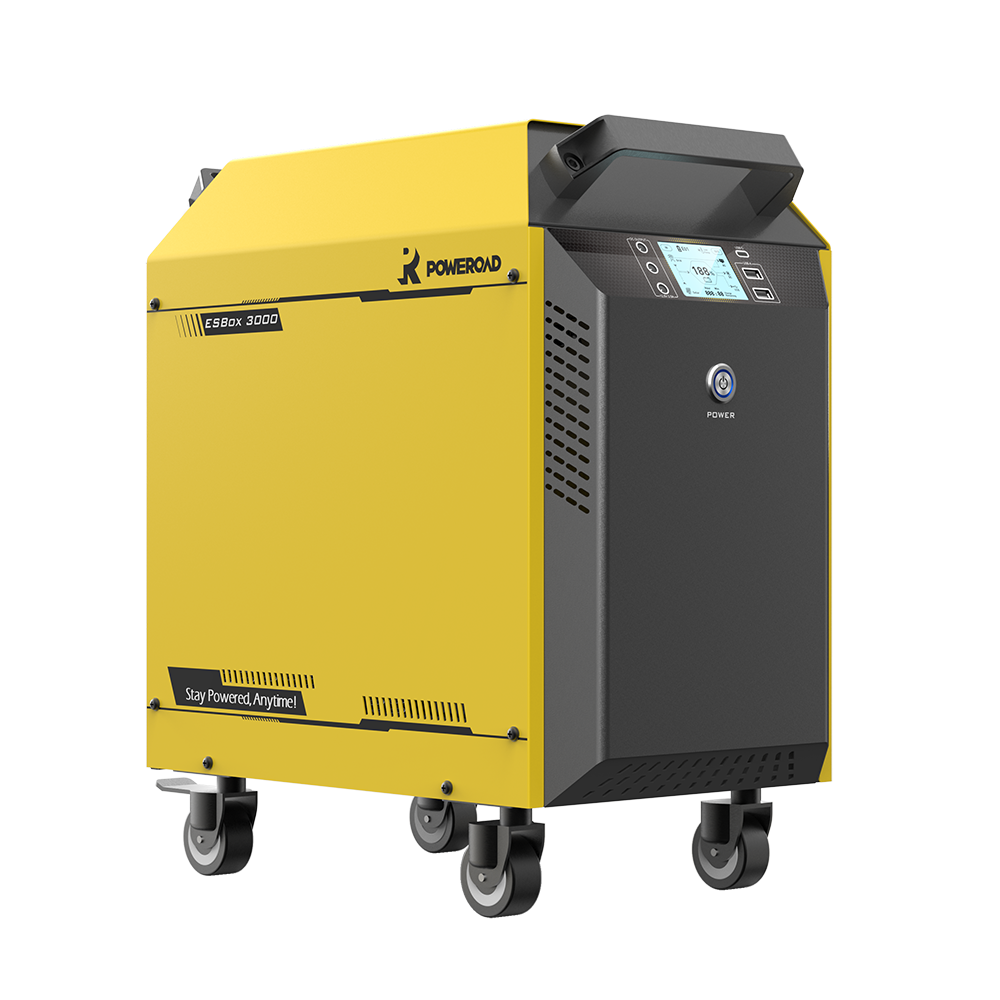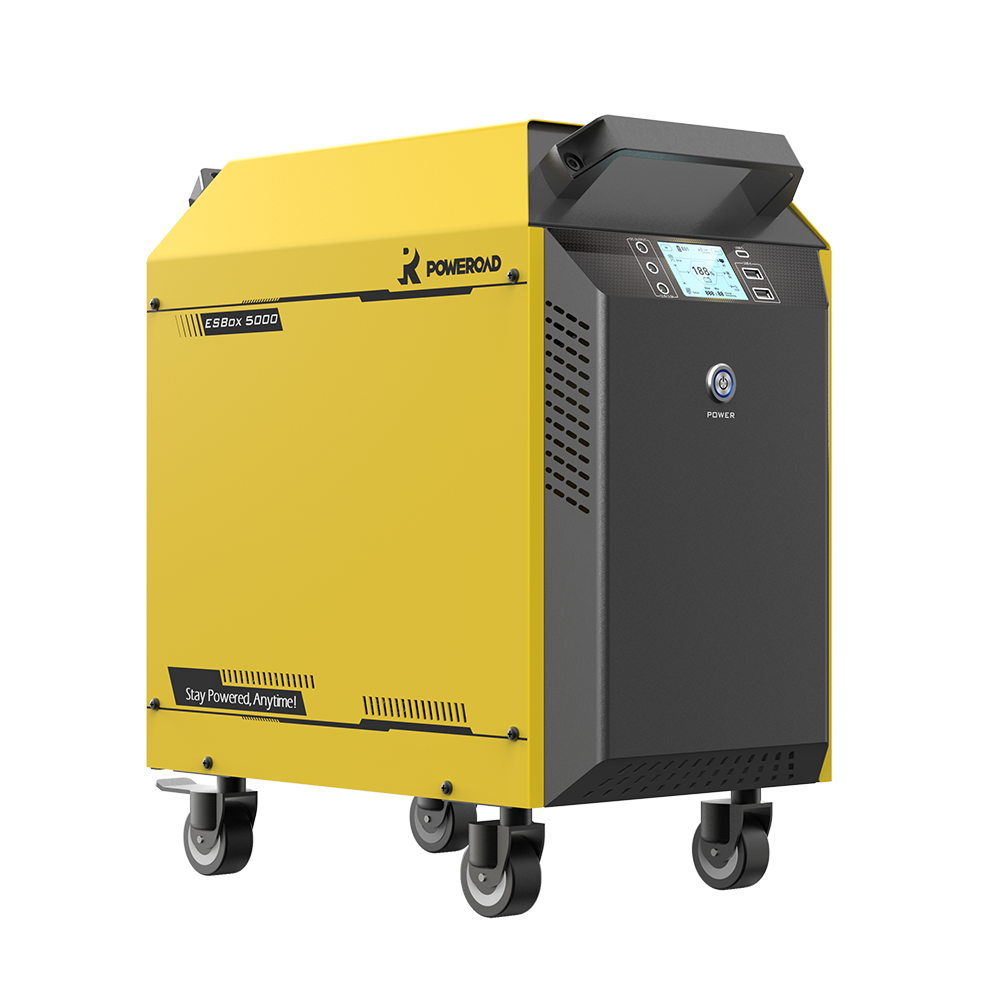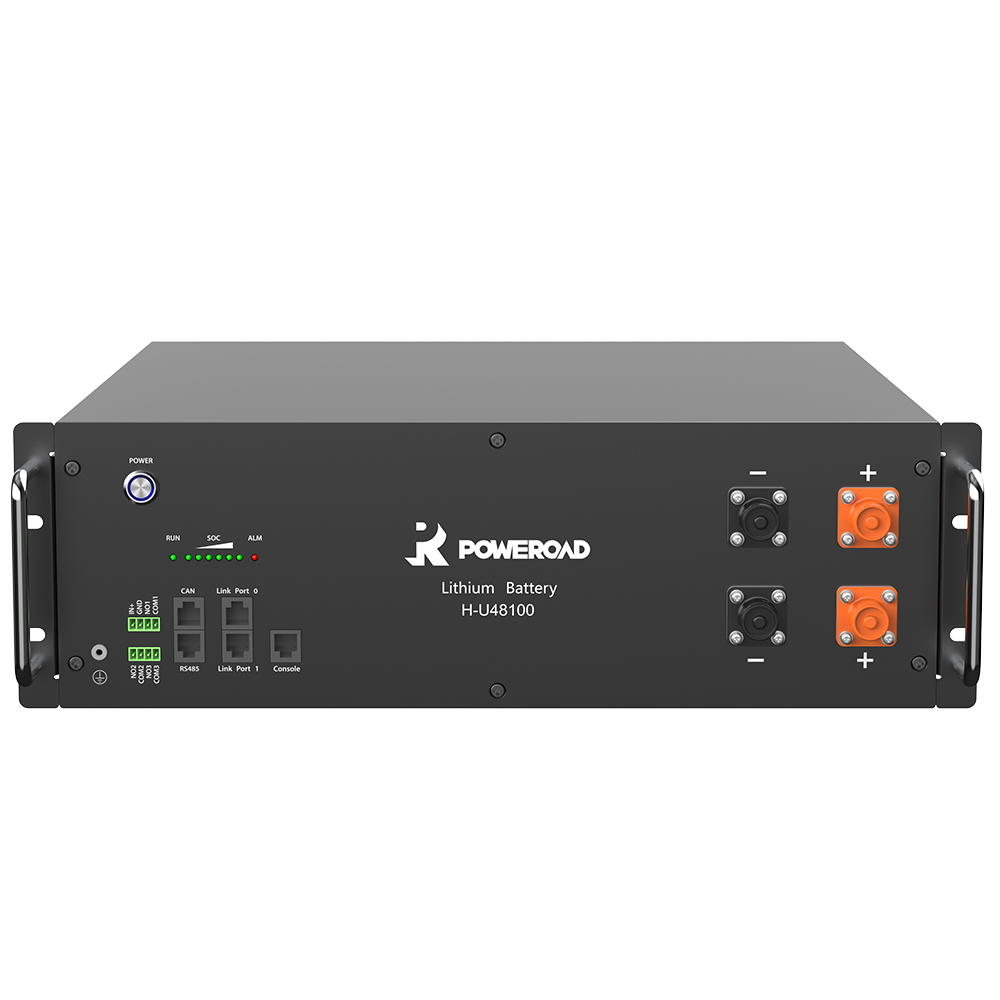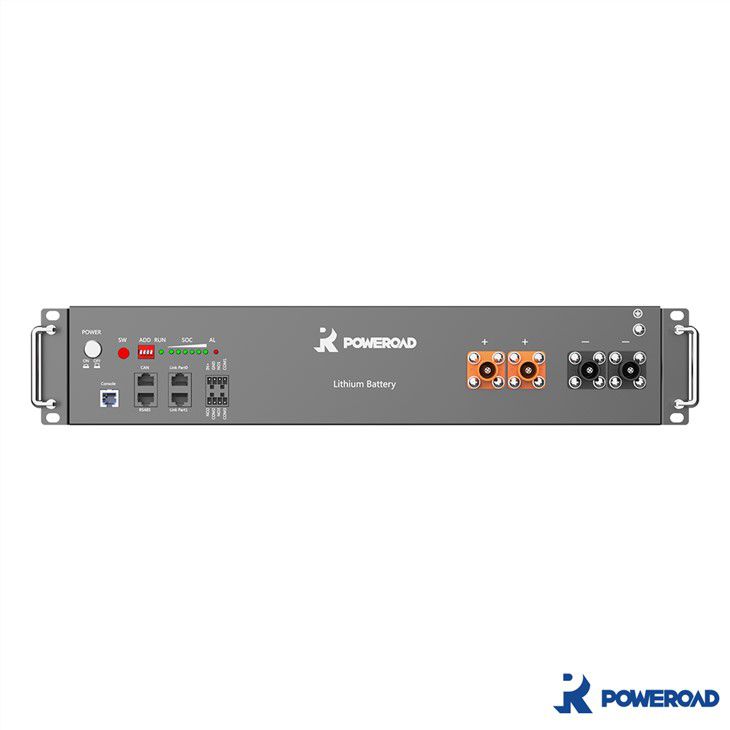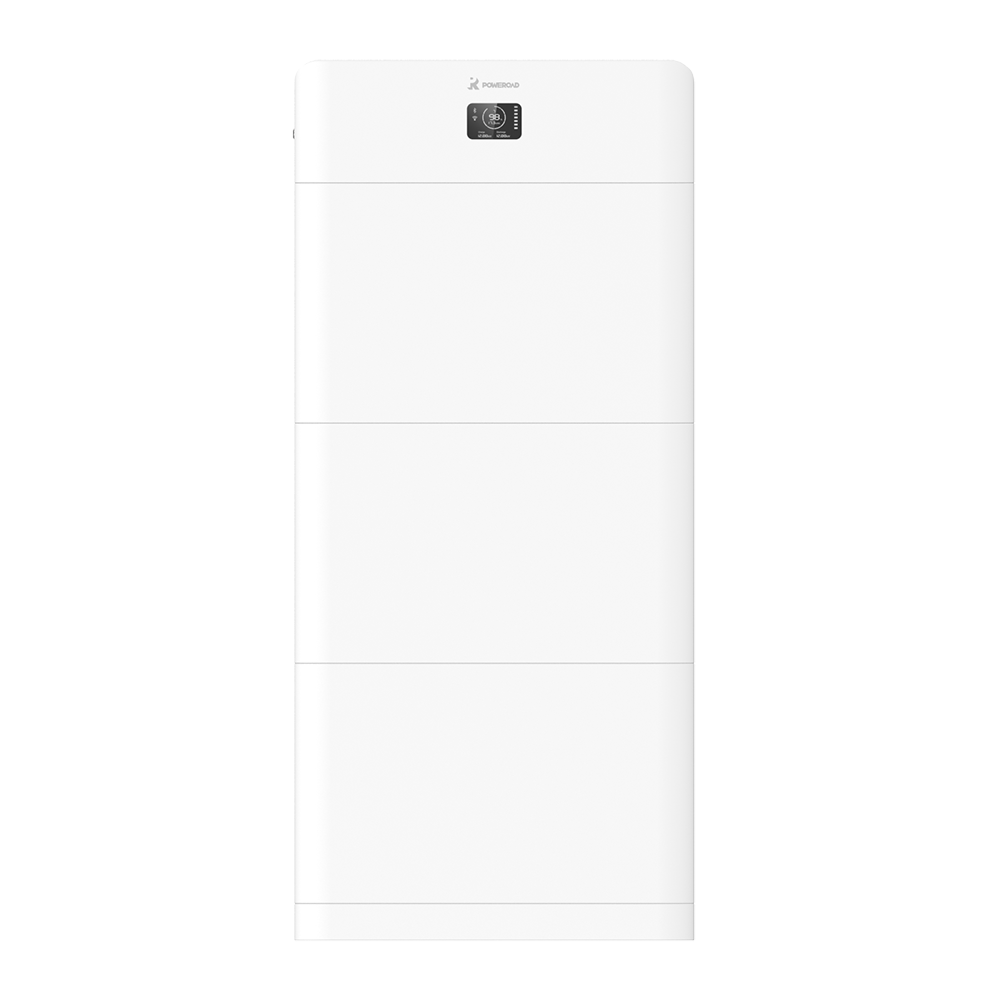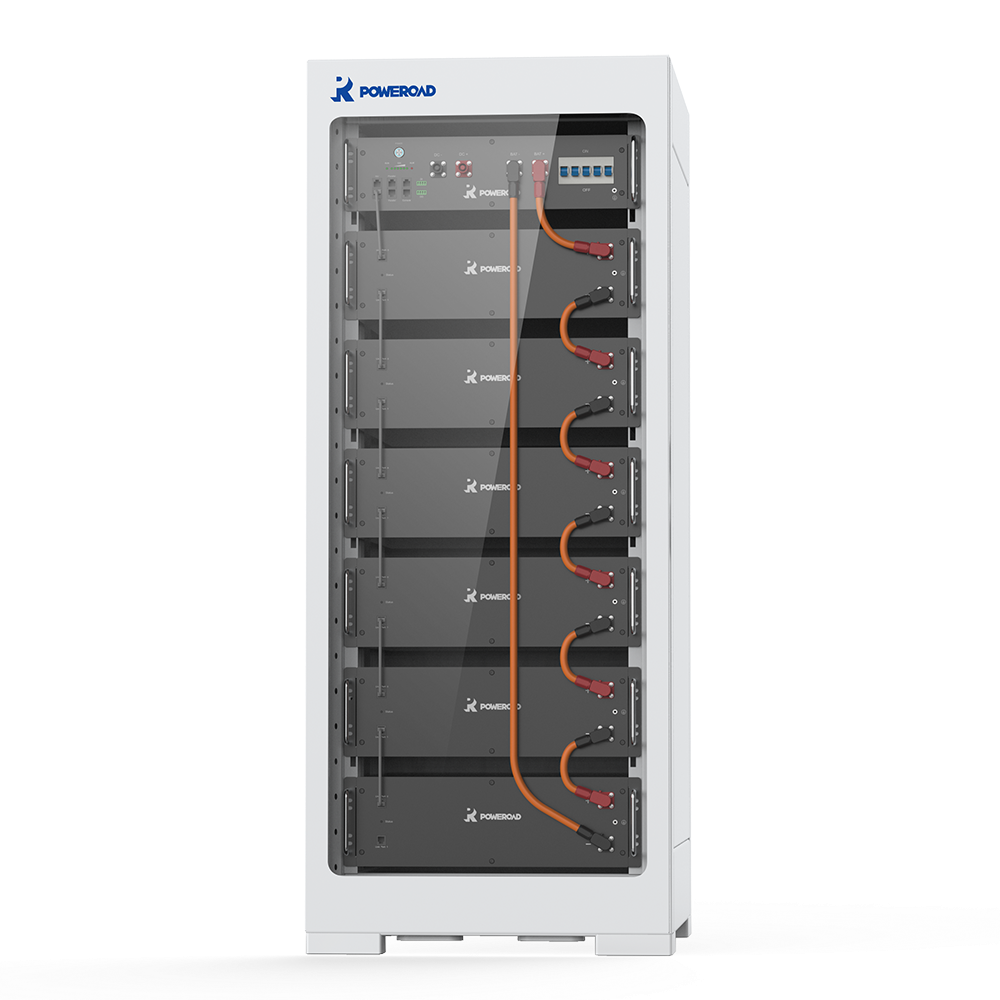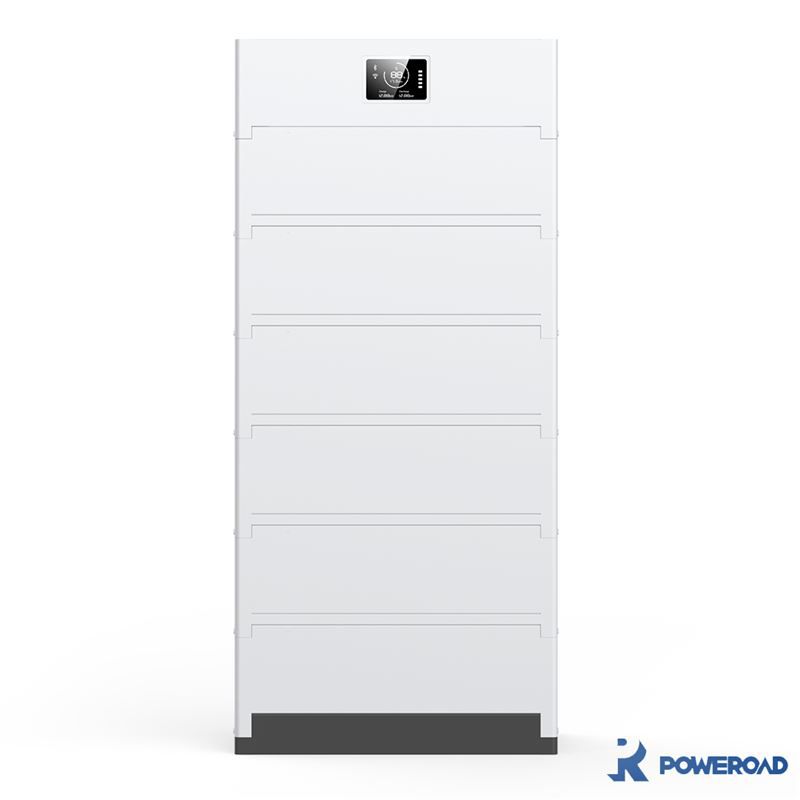Lithium iron phosphate battery is a lithium ion battery that uses materials such as lithium iron phosphate (LiFePO4) as the positive electrode material and carbon as the negative electrode material. The rated voltage of the single cell is 3.2V, and the charging cut-off voltage is 3.6V~3.65V.
During the charging process, part of the lithium ions in the lithium iron phosphate come out, are transferred to the negative electrode through the electrolyte, and are embedded in the carbon material of the negative electrode; at the same time, electrons are released from the positive electrode and reach the negative electrode from the external circuit to maintain the balance of the chemical reaction. During the discharge process, lithium ions come out of the negative electrode and reach the positive electrode through the electrolyte. At the same time, the negative electrode releases electrons and reaches the positive electrode from the external circuit to provide energy for the outside world.
Lithium iron phosphate battery has the advantages of high working voltage, high energy density, long cycle life, good safety performance, low self-discharge rate, and no memory effect.
Battery structure characteristics
On the left side of the lithium iron phosphate battery is the positive electrode made of olivine structure LiFePO4 material, which is connected to the positive electrode of the battery by aluminum foil. On the right is the negative electrode of the battery composed of carbon (graphite), which is connected to the negative electrode of the battery by copper foil. In the middle is a polymer separator, which separates the positive electrode from the negative electrode. Lithium ions can pass through the separator but electrons cannot pass through the separator. The inside of the battery is filled with electrolyte, and the battery is hermetically sealed by a metal case.
Characteristics of lithium iron phosphate battery
higher energy density
According to reports, the energy density of square aluminum-shell lithium iron phosphate batteries mass-produced in 2022 is around 160Wh/kg. In 2023, some excellent battery manufacturers can probably achieve the level of 175-180Wh/kg. The chip technology and capacity can be made larger, or 185Wh/kg can be achieved.
Good safety performance
The electrochemical properties of the cathode material of lithium iron phosphate battery are relatively stable, which determines that it has a stable charge and discharge platform. Therefore, the structure of the battery will not change during the charge and discharge process, and it will not burn and explode. It is still very safe under special conditions such as filling, extrusion, and acupuncture.
Long cycle life
The 1C cycle life of lithium iron phosphate batteries generally reaches 2,000 times, or even more than 3,500 times, while the energy storage market requires more than 4,000-5,000 times, ensuring a service life of 8-10 years, which is higher than the cycle of more than 1,000 times for ternary batteries Life, while the cycle life of long-life lead-acid batteries is about 300 times.
Synthesis of lithium iron phosphate
The synthesis process of lithium iron phosphate has been basically perfected, mainly divided into solid-phase method and liquid-phase method. Among them, the high-temperature solid-phase reaction method is the most commonly used, and some researchers combine the microwave synthesis method in the solid-phase method and the hydrothermal synthesis method in the liquid-phase method-microwave hydrothermal method.
In addition, the synthesis method of lithium iron phosphate also includes bionic method, cooling drying method, emulsification drying method, pulse laser deposition method, etc. By choosing different methods, the product with small particle size and good dispersion performance can be synthesized, which can effectively shorten the diffusion path of Li+ , the contact area between the two phases increases, and the diffusion rate of Li+ increases
Industrial application of lithium iron phosphate battery
In the application of the new energy vehicle industry, the use of lithium iron phosphate batteries in the extended-range electric vehicle market can not only improve the safety of vehicles, but also support the marketization of extended-range electric vehicles, exempting the mileage, safety, price, and cost of pure electric vehicles. Anxiety about charging, follow-up battery issues, etc.
Start the application on the power supply
In addition to the characteristics of power lithium batteries, start-up lithium iron phosphate batteries also have instantaneous high-power output capabilities. Power-type lithium batteries with energy less than one degree of electricity are used to replace traditional lead-acid batteries, and BSG motors are used to replace traditional starter motors and generators. , not only has the function of idling start and stop, but also has the functions of coasting with the engine stopped, coasting and braking energy recovery, acceleration assist and electric cruise.
Applications in the energy storage market
Lithium iron phosphate battery has a series of unique advantages such as high working voltage, high energy density, long cycle life, low self-discharge rate, no memory effect, green environmental protection, etc., and supports stepless expansion, suitable for large-scale electric energy storage, in renewable Energy power stations have good application prospects in the fields of safe grid connection of power generation, power grid peak regulation, distributed power stations, UPS power supplies, and emergency power systems.
- Wind power generation, photovoltaic power generation and other renewable energy generation are safely connected to the grid.
- Grid peak regulation.
- distributed power station.
- UPS power supply.
- Applications in other fields.
Lithium iron phosphate batteries are also widely used in the military field because of their good cycle life, safety, and low temperature performance.
Related Products

